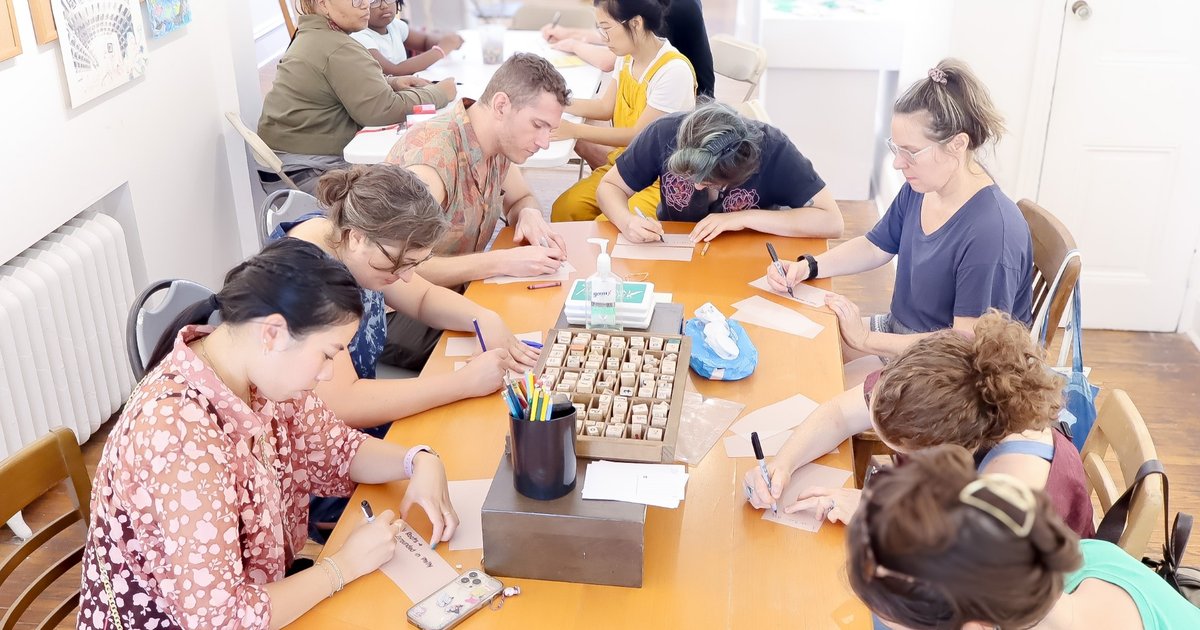A Queen Village art institution that was founded in 1931 could be forced to cut all paid employees, reduce programming or even close after the loss of federal grants have compounded years of funding woes.
The Da Vinci Art Alliance board has given its executive director until Aug. 15 to raise $120,000 to make up for the financial shortfall, a tall task that threatens the future of the center.
MORE: Pennsylvania loses $230 million in federal education funding as Trump freezes programs
First formed by Italian immigrants, the organization has long stood as a place of social and creative refuge. The DVAA hosts over 100 local events, workshops, fellowship programs and exhibitions each year, reaching over 40,000 people annually. But the alliance may soon be forced to vacate its headquarters at 706 Catharine St., which it has occupied since 1966.
Samantha Connors, executive director of the DVAA, has been involved with the artist-led collaborative since 2017 and has likened the group’s recent financial plans to “throwing spaghetti at the wall.”
Following the COVID-19 pandemic, the group was forced to take out a $70,000 loan to stay open. And the primarily grant-funded nonprofit recently felt the effects of President Donald Trump’s cuts to the National Endowment for the Arts and Diversity, Equity and Inclusion initiatives.
“We’re just in this weird space,” Connors said. “We’ve been building up our reputation and we were planning on changing revenue paths this year … but basically every grant we’ve applied to in the last six months has gotten denied.”
Without sufficient funding, Connors said the group could be forced to sell or lease their longtime home or revert to an entirely volunteer-led staff.
At a board meeting in mid-June, Connors was given next month’s deadline to raise enough money to keep its Catharine Street headquarters, retain a paid staff and continue its community programs.
As of Tuesday afternoon, an online fundraiser posted by the group has raised $26,815 — 22% of its $120,000 goal. In Connors’ eyes, the funding woes speak to a more systemic issue within the local arts community.
“What’s been bothering me is the lack of investment in general to small organizations in our city,” Connors said. “I wish that people would speak out about it more. … How are we actually supporting each other and holding the people who make those decisions accountable?”
